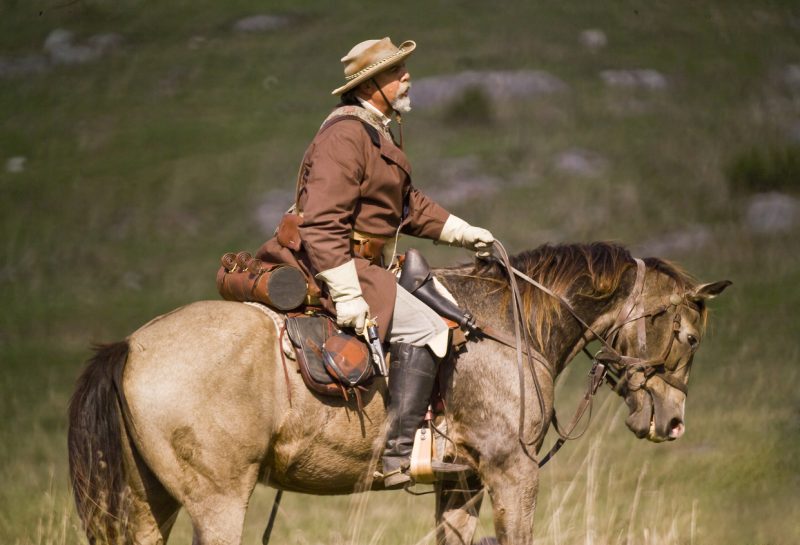The American Civil War threatened to split the United States asunder. From California to Virginia the nation divided itself over whether or not it supported slavery. Rebel forces engaged federal units across the south and on the seas.
The war stretched from the Atlantic coast all the way to the Pacific. Though seemingly removed from the interests of the southern slaveholders, the west coast would see limited but noteworthy actions during the Civil War.
California stood divided when the war started. Though northern California supported the Union, a minority faction in southern California decided to stand with the rebels. Captain Ingram’s Partisan Rangers, the Mason Henry Gang, the Monte Mounted Rifles, and the Los Angeles Mounted Rifles supposedly mustered in support of the rebel cause.
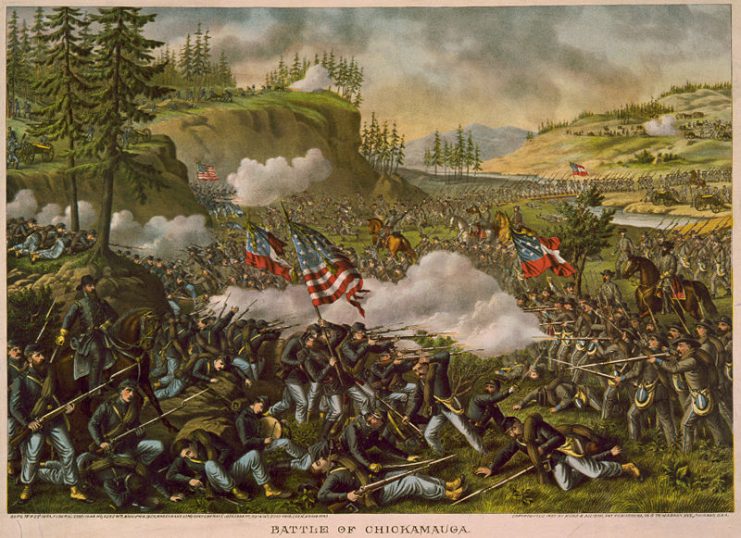
Of these, only the Mounted Rifles succeeded in reaching rebel territory, and by that time most of their number had died or left to find easier lives than soldiering. The rest of the units either got dispersed by Union troops or, in the Mason Henry Gang’s case, turned out to be just a roving band of robbers.
Union troops were moved into California to ensure the state’s loyalty. With rebel efforts in California quelled, federal forces could focus further east.
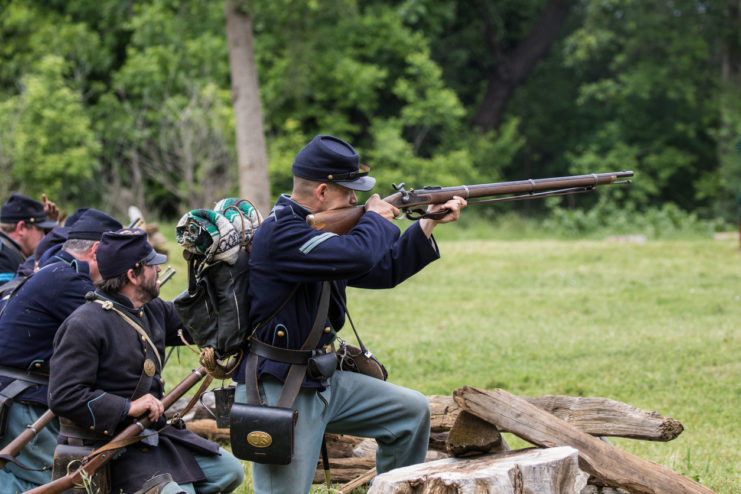
The seas proved a more difficult matter at first. With little funding for the military prior to the outbreak of war, what budgeting existed went to the army. As a result the navy remained heavily under-budget and little more than a coastal guard. It took time for the Union to build up its navy, a fact some rebels took advantage of by taking to the sea before they found their coasts blockaded.
The most famous of such actions were that of CSS Shenandoah, a rebel naval vessel obtained from the British and used as commerce raider. The rebel ship would raid the Pacific coast from 1864 until the end of the war. The last rebel warship to fight, Shenandoah would claim prizes across the Pacific, and even claim one in the Indian Ocean.
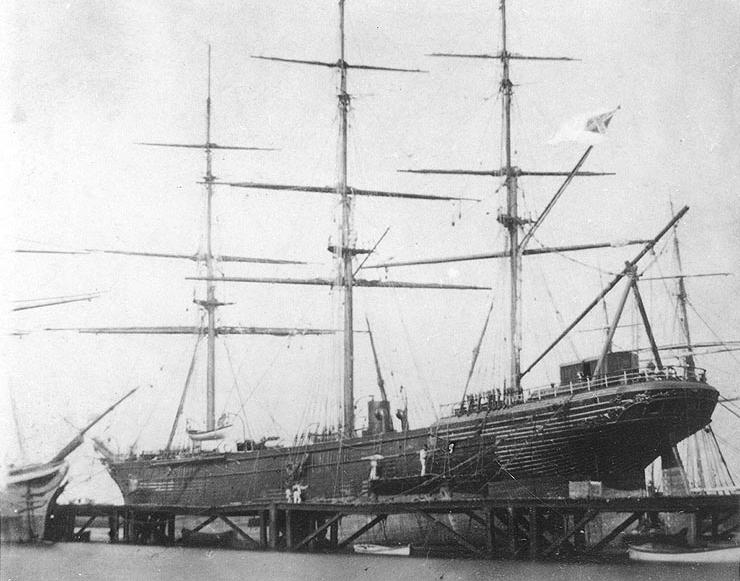
With the era of prize ships and commerce raiding drawing to a close, Shenandoah ended its career with stunning success. The raiders learned of the Civil War’s end while claiming whaling vessels in the waters of Alaska. Rather than give up, they continued their raiding until reaching Great Britain. There the last rebel flag would fall.
Vessels like Shenandoah forced the Union government to fortify the west coast. Points such as Alcatraz and other strategically important but otherwise unnecessary positions were fortified to defend against such threats, diverting assets needed in the east.
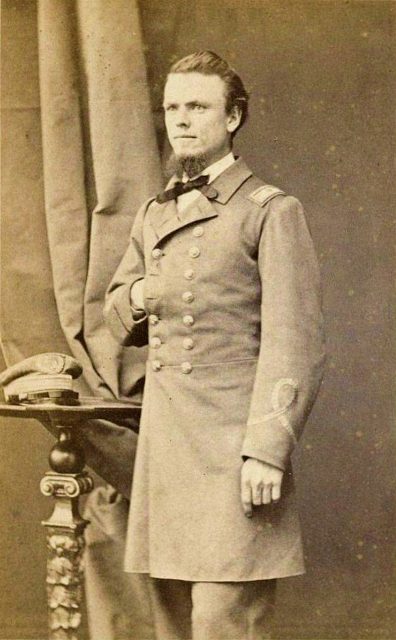
Though the U.S. Navy ultimately managed to choke the maritime life of the rebels, diversions such as Shenandoah cost not only the government, but also the civilians who suffered from their raids.
The American Civil War ripped the nation apart, drawing a line in the sand that split states and families. Even the Pacific coast, far removed from the plantations and politics that divided the nation, suffered during the war.
Rebel sympathizers in California diverted troops needed in the east. Rebel commerce raiding likewise forced resources to be diverted, with raiding vessels acting as little better than pirates.
Read another story from us: Iron Men and Iron Ships: The Riverboats of the American Civil War
Ignoring such theaters of the war diminishes the efforts of those sent to stop them, and also ignores just how far the Civil War stretched. Even seemingly trusted states such as California housed rebel loyalists, and the Pacific Ocean was ripe with targets for unrestricted warfare.
Had the rebels fielded further resources and influence in the Pacific, such side ventures might have proved dangerous campaign theaters for the Union government.
